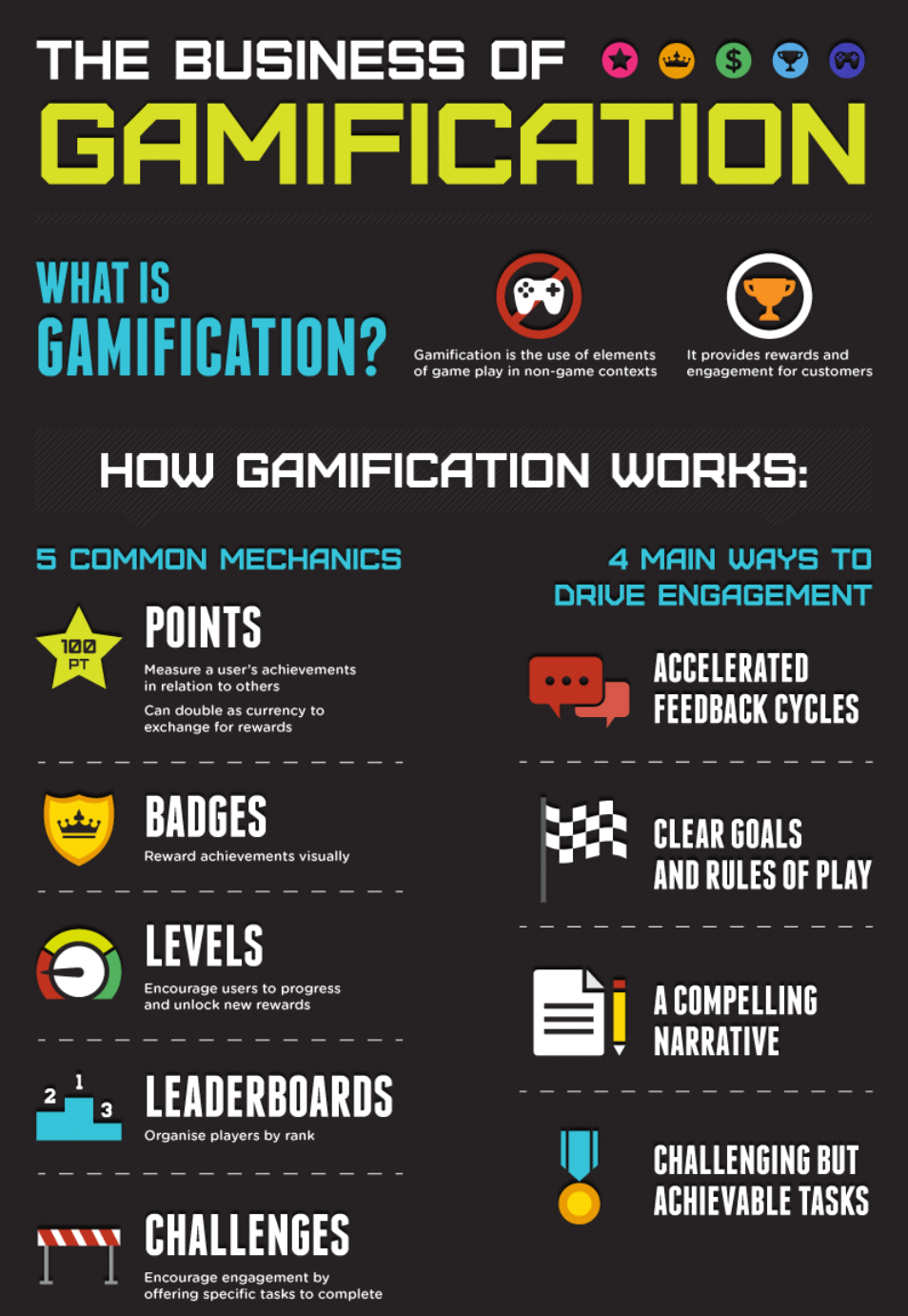
Gamification’s the idea that non-game environments can be “gamified” to promote interactivity and productivity — marketing, health, business, and education have been some of the several fields targeted for this application.
The idea isn’t new, and has certainly received backlash for its carrot-and-stick approach, or its disguising as a reward/punishment system given new wrappings. Some studies suggest otherwise — that perhaps the gamification that’s been set up in failed cases are badly designed. It’s interesting too, how vague the idea of gamification is: some fields utilize mini games as a way to keep track of individual progress, some directly incorporate games into the work environment, while others “gamify” the entire experience in an RPG-esque fashion, where each person is an individual modifiable character able to gain EXP based on their work.
In an educational environment, gamification follows the idea that students can realistically learn anything they want to with the aid of google, open college courses and online video tutorials, given they have the drive and knowledge resource (and basic internet connection). As a result, the role of schools and teachers diminish, and the importance (and focus) of academia becomes more so a place to meet and collaborate, rather than solely a place to learn.
Gamification (at least from what I understand) accepts this change and thus seeks to transform the classroom into one that’s tailored towards collaboration, where teachers facilitate students’ learning by creating a memorable/enjoyable experience.
Thoughts?

